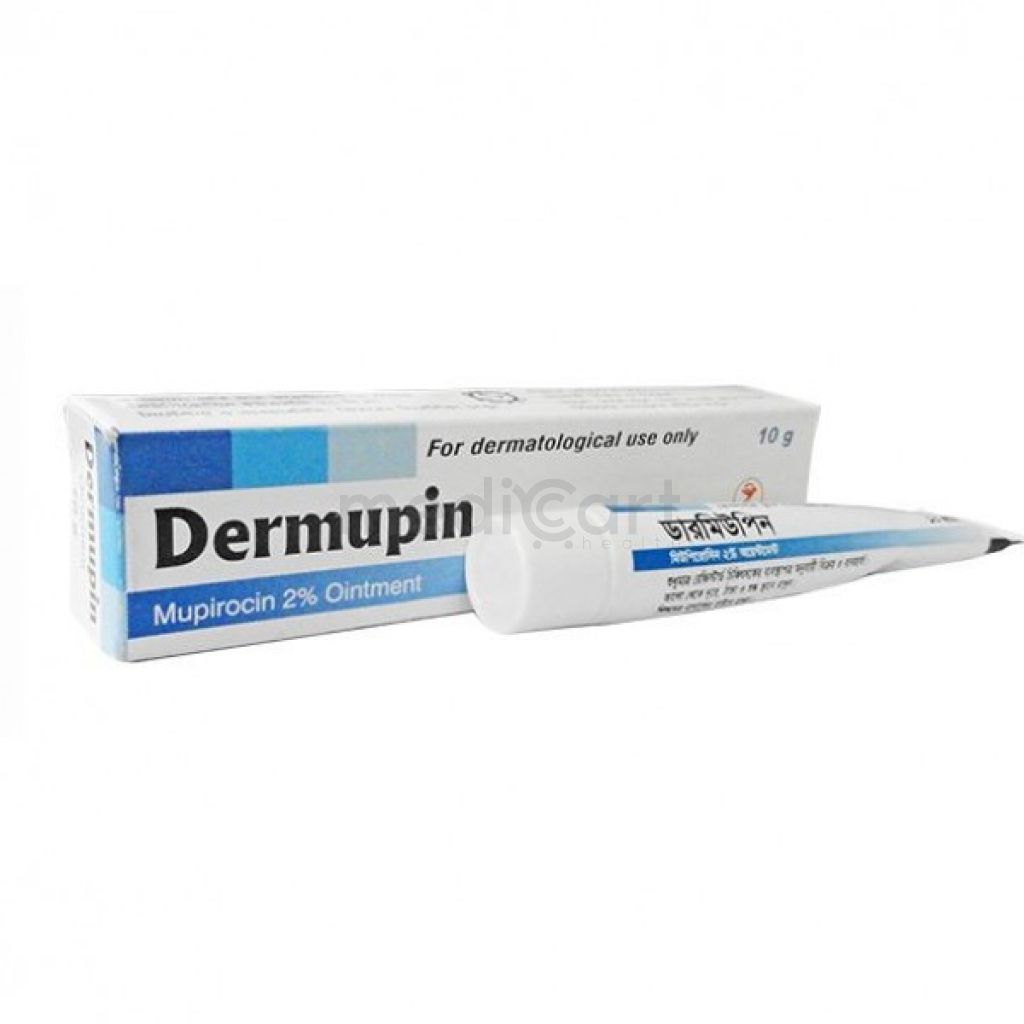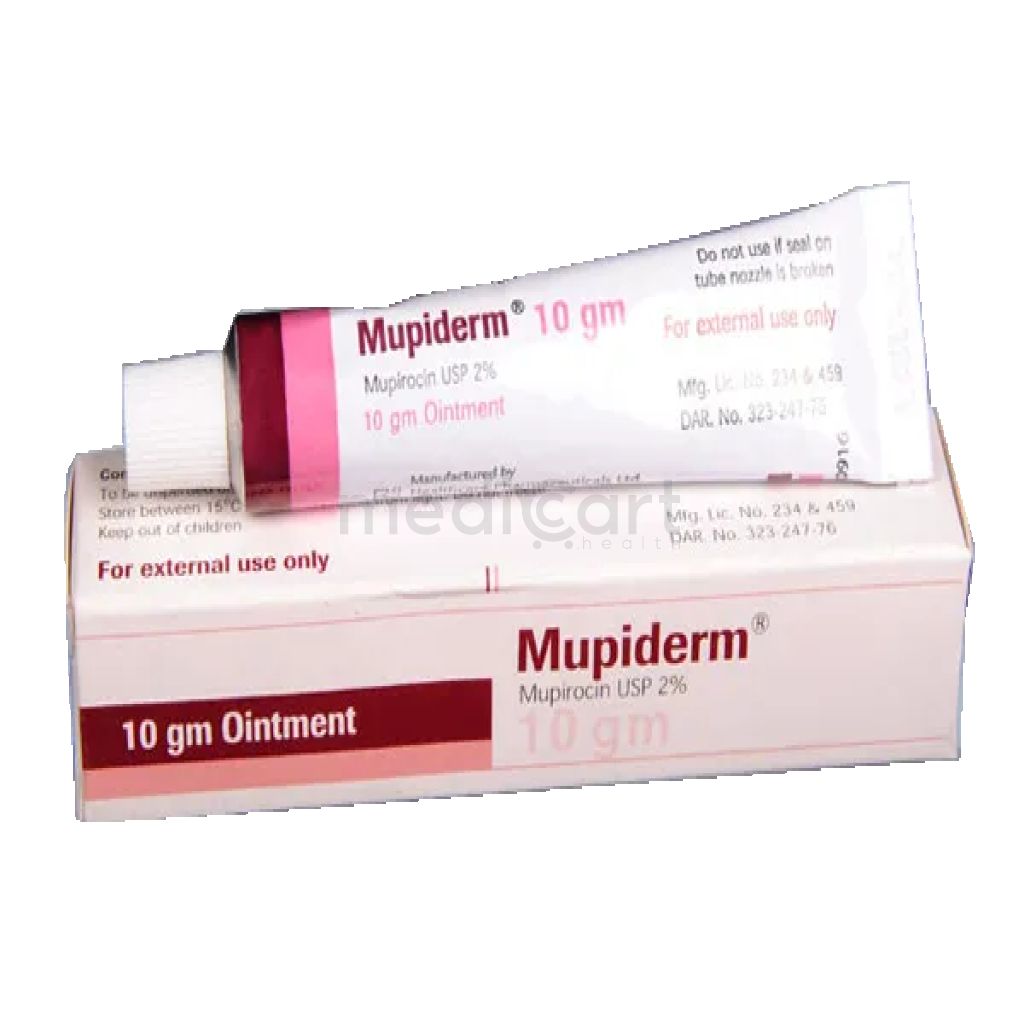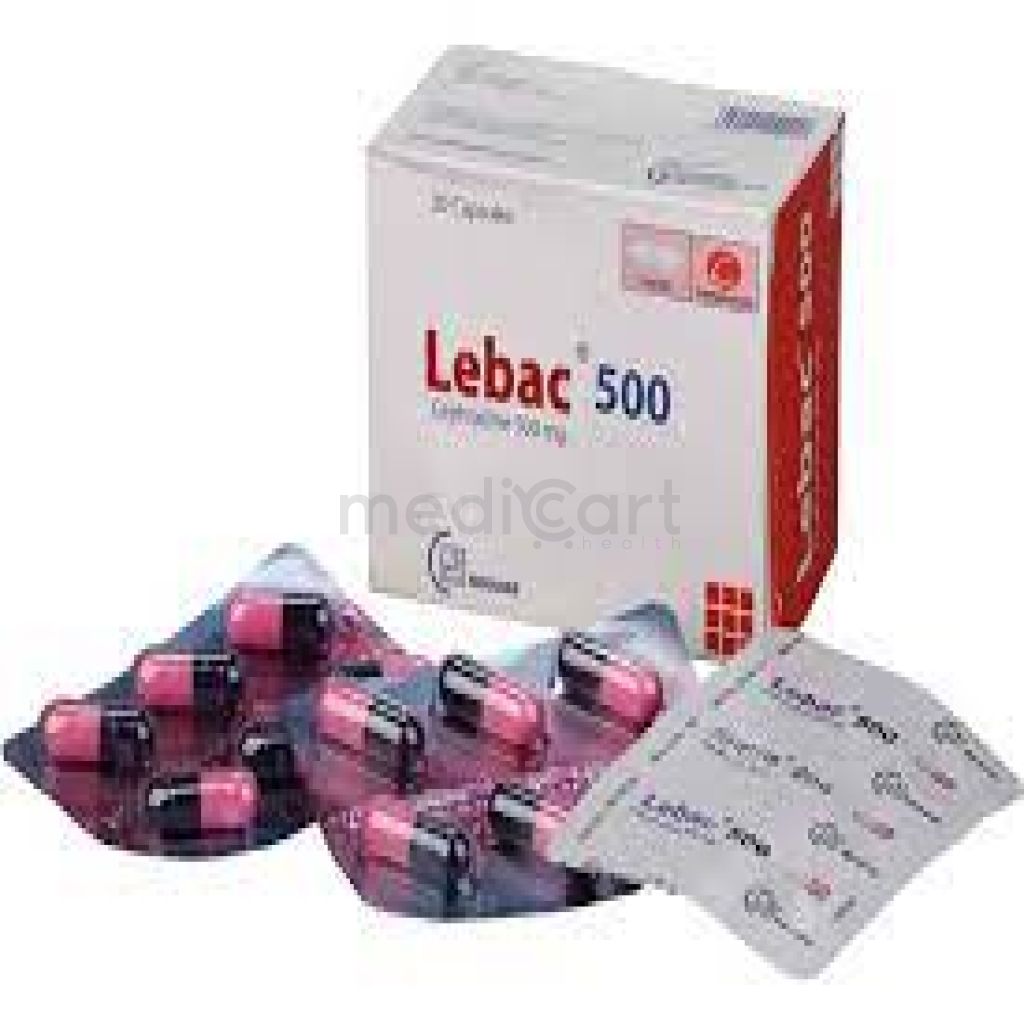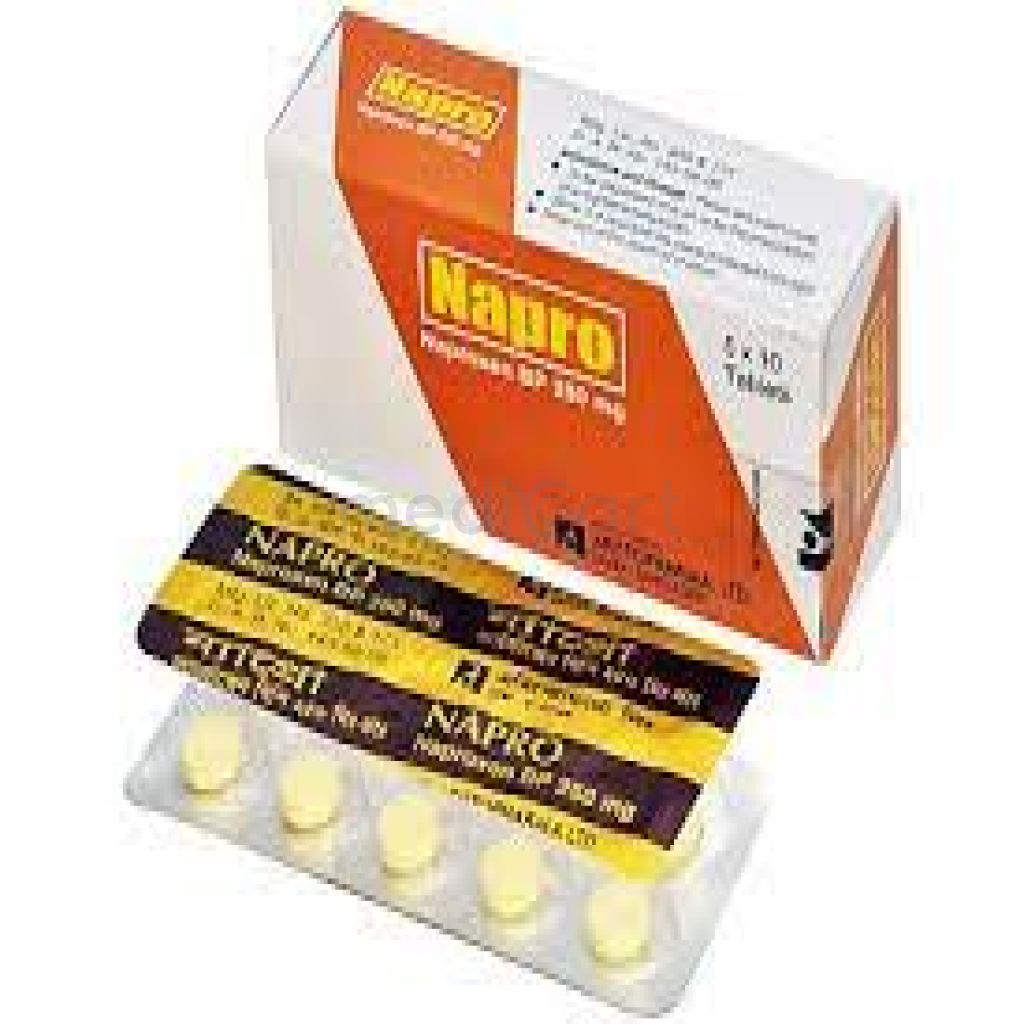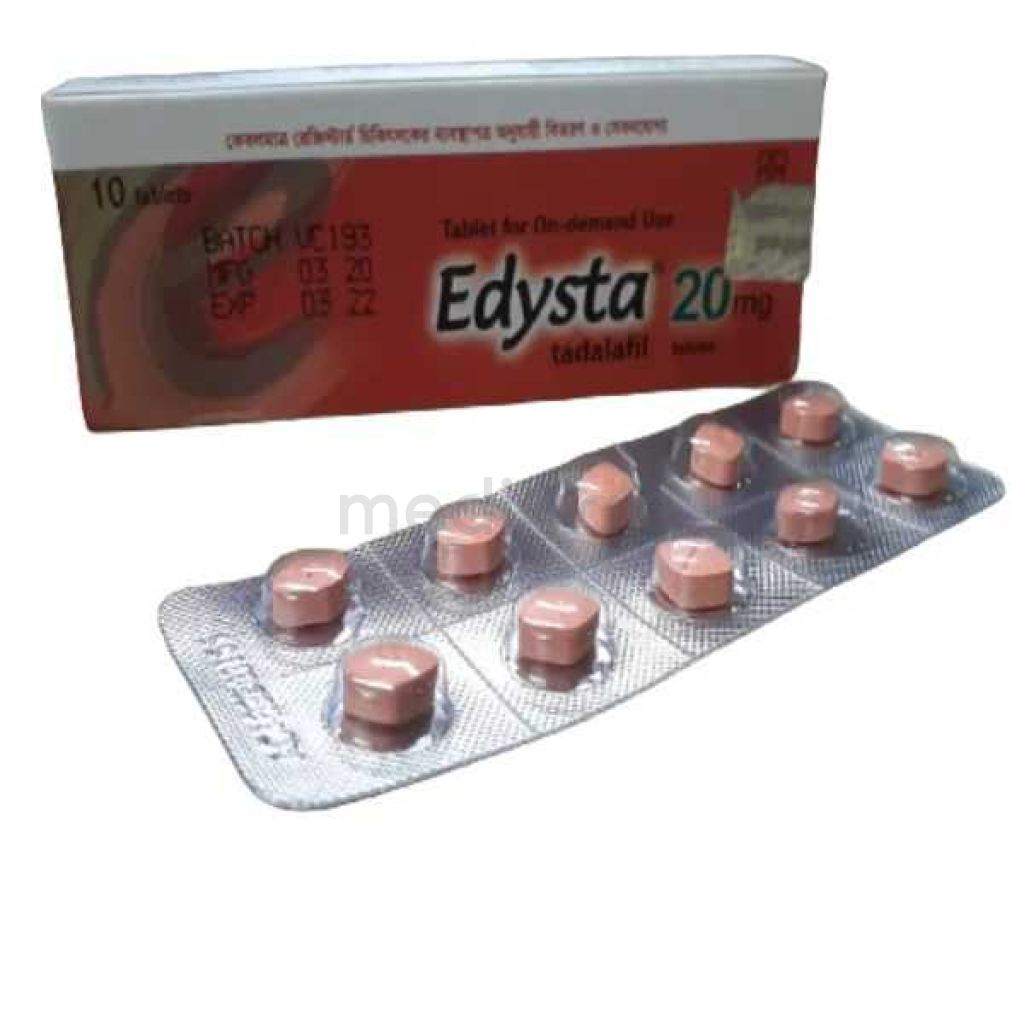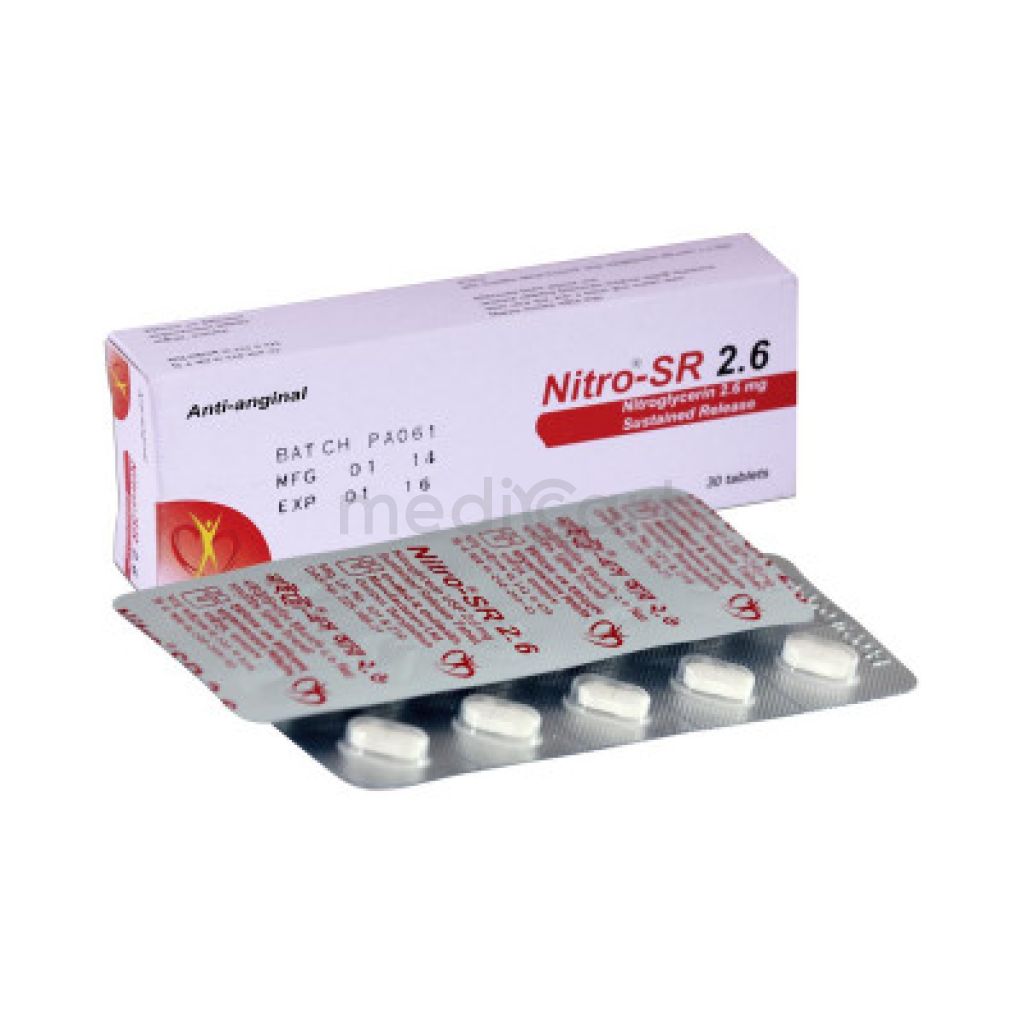

Trego Oint. - 10 gm
Oinment* Delivery will be done in Dhaka city only.
More Information About - Trego Oint. - 10 gm
Description
Generic Name
Mupirocin 2% Topical
Precaution
Patient w/ extensive burns and wounds. Renal impairment. Childn. Pregnancy and lactation. Prolonged use may result in overgrowth of nonsusceptible organisms, including fungi Lactation: Not known if distributed into milk; recommended that nursing be temporarily discontinued during therapy
Indication
Impetigo, Folliculitis, Secondary skin infections
Contra Indication
This drug is contraindicated in individuals with a history of sensitivity reactions to Mupirocin or any of the components of the preparation.
Dose
N/A
Side Effect
Burning, stinging, pruritus, pain, rash, erythema, dry skin, tenderness, cellulitis, pain or bleeding secondary to eczema, secondary wound infection, urticaria, swelling, increased exudates, contact dermatitis, furunculosis, exfoliative dermatitis. Rarely, systemic reactions (e.g. nausea, headache, dizziness, abdominal pain, ulcerative stomatitis, systemic allergic reactions).
Pregnancy Category
Name : Not Classified
Description
FDA has not yet classified the drug into a specified pregnancy category.Mode of Action
Mupirocin inhibits protein synthesis of the bacteria by binding to isoleucyl transfer RNA-synthetase. It is active against gram-positive and some gram-negative bacteria.
Interaction
N/A
Pregnancy Category Note
Pregnancy There are insufficient human data to establish whether there is drug-associated risk with therapy in pregnant women; systemic absorption of mupirocin through intact human skin is minimal following topical administration of mupirocin ointment; no developmental toxicity was observed in rats or rabbits treated with mupirocin subcutaneously during organogenesis at doses of 160 or 40 mg per kg per day, respectively (22 and 11 times the human topical dose based on calculations of dose divided by the entire body surface area) Lactation Not known whether mupirocin is present in human milk, has effects on breastfed child, or has effects on milk production; however, breastfeeding is not expected to result in exposure of child to drug due to minimal systemic absorption following topical administration; developmental and health benefits of breastfeeding should be considered along with mother’s clinical need for therapy and any potential adverse effects on breastfed child from therapy or from underlying maternal condition To minimize oral exposure of drug to children, a breast and/or nipple being treated with mupirocin ointment should be thoroughly washed prior to breastfeeding
Adult Dose
Topical/Cutaneous Impetigo Adult: As 2% oint: Apply to affected area tid for 5-10 days; re-evaluate after 3-5 days if no clinical response. Secondary skin infections Adult: As 2% cream: Apply to affected area tid for up to 10 days; re-evaluate after 3-5 days if no clinical response.
Child Dose
Topical/Cutaneous Impetigo Child: >2 mth Apply to affected area tid for 5-10 days; re-evaluate after 3-5 days if no clinical response. Secondary skin infections Child: >3 mth Apply to affected area tid for up to 10 days; re-evaluate after 3-5 days if no clinical response.
Renal Dose
N/A
Administration
N/A
Disclaimer
The information provided herein are for informational purposes only and not intended to be a substitute for professional medical advice, diagnosis, or treatment. Please note that this information should not be treated as a replacement for physical medical consultation or advice. Great effort has been placed to provide accurate and comprehensive data. However, Medicart along with its authors and editors make no representations or warranties and specifically disclaim all liability for any medical information provided on the site. The absence of any information and/or warning to any drug shall not be considered and assumed as an implied assurance of the Company.



